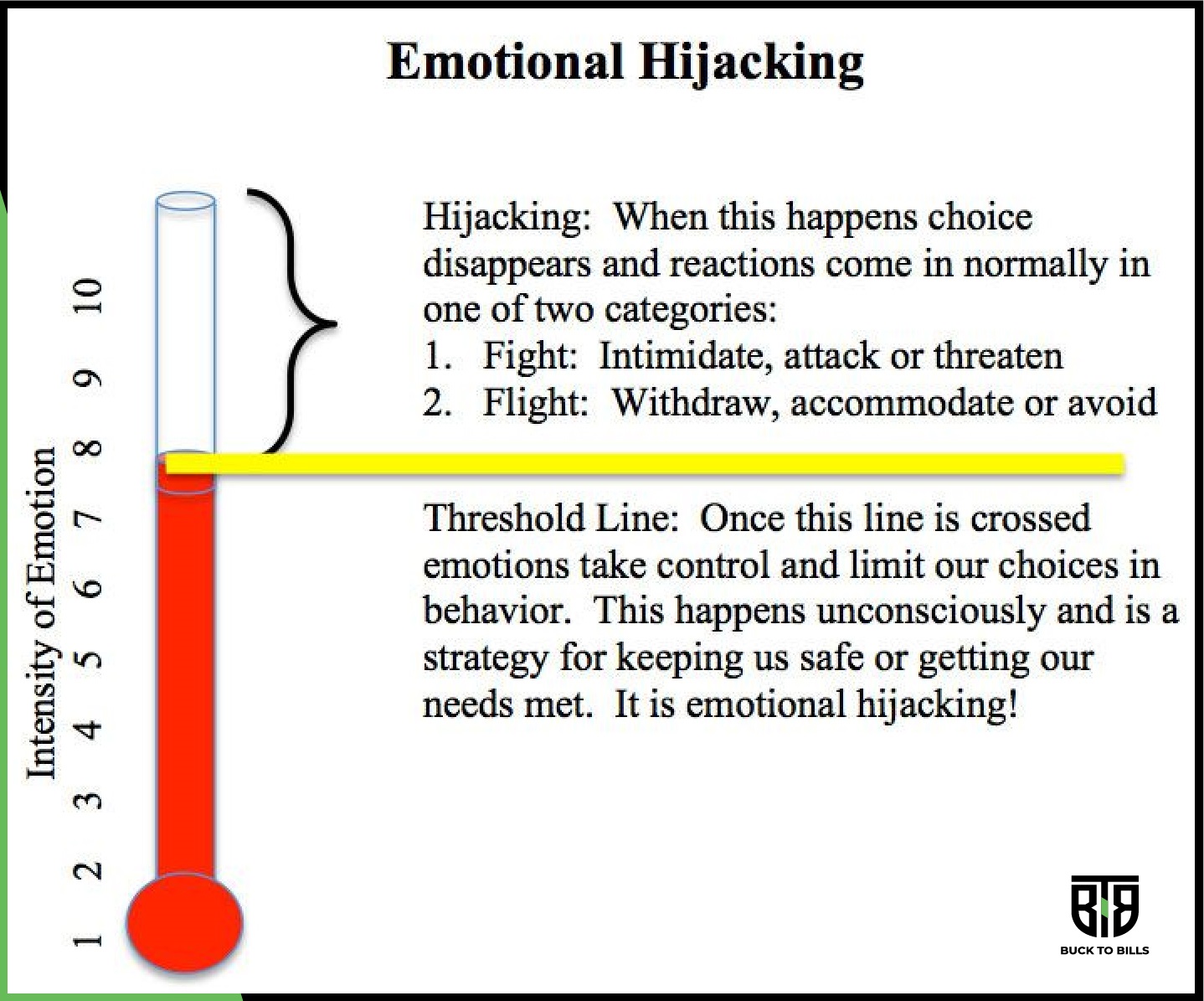The human brain is one of the most complex creations of the almighty. It is the command center of the body and consumes 20% of energy. The human brain supports all human actions. Despite playing such a key role in human life, it has its own set of imperfections.
The most important thing the human brain does is to keep us alive. It is constantly on the lookout to ward off things that it considers is a threat to human survival. Whenever the brain perceives a threat it generates emotional responses like fear, anger, or sadness. Your brain’s response thus pushes you to act against the threat. All of this sounds fine as it involves physical threats but what about emotional threats? Let me talk something about it today:
What is emotional hijacking?
To understand emotional hijacking, you need to learn about two key players. They are Amygdala (the emotional processor) and the Prefrontal cortex (the thinker).
Emotional hijack is a situation where the human brain gets stuck in the decision-making process and the thinking ability almost paralyzes. This is not a helpful condition in emergency social settings. The prefrontal cortex is responsible for the reasoning process and Amygdala takes over it during an emotional hijack.
However, the situation is not as bad as it appears. Because you wouldn’t want your brain to spend time analyzing the possible actions; rather it needs to act quickly.
Symptoms of emotional hijack:
Emotional hijack symptoms are mostly due to two stress hormones namely Cortisol and Adrenaline.
- Rapid heartbeat and sweating.
- Sweaty palms.
- Goosebumps.
- Dropping body temperature.
- You may also feel awkward about your behaviour earlier.

How to avoid emotional hijacking?
Even though it is out of human reach to control emotions, the below hacks will help you to sail through the situation:
- Recognize your emotions: Most stressful situations occur because you fail to recognize and control your emotions. The simple act of recognizing will help you shift your focus on other things rather than feeling overwhelmed by the same thought. Accept that your brain is stressed, recognize the emotion, and shift the energy and focus towards an alternative thing.
- Change the setting: Change the place and avoid the situation as much as possible. Move to a different place and change your surroundings. Move to a calmer place. This will shift your brain’s energy on other things. You should shift your focus to calm and peaceful things.
- Share your story: Studies have always supported sharing as the best alternative in the case of cognitive blockages. Share your emotions and seek help. If you feel uncomfortable with anyone, you can communicate and share with your near and dear ones.
- Self-reflection: Self-reflection is yet another useful technique to contemplate your behaviour and analyze to improve your mental conditions. Ask yourself questions like:
- How did I react to a particular situation and why did I do so?
- Did my reaction help or harm me?
- Could I have reacted any different?
- Did my response cause any discomfort to other people?
- What should I change if the same situation repeats?
The modern lifestyle is full of stress and it is common to face psychological stress. Situations like emotional hijack can be troubling in today’s setting. However, you can prevent and avoid emotional hijacking by practising mental exercises like mindfulness and meditation. Regular practice of these techniques can help tackle these mental situations.


















